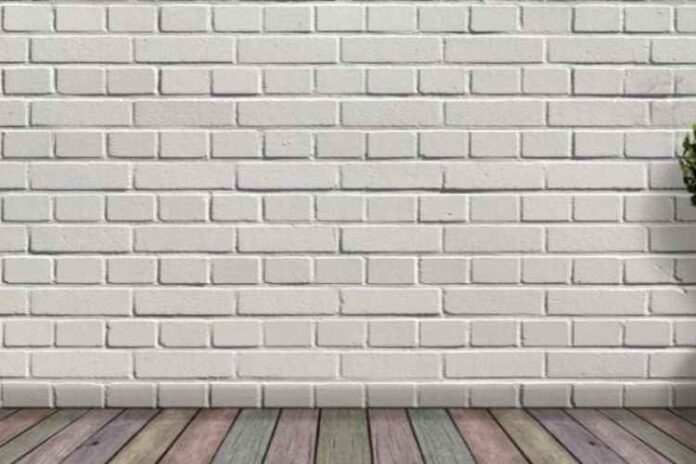Masonry walls are a popular choice for homeowners because they are durable and long lasting. However, even the strongest walls can eventually need repair. If you are handy with tools and know how to use them, repairing masonry walls is a project you can do yourself. In this article, we will provide a step-by-step guide to repairing masonry walls. We will also provide tips on how to prevent future damage.
Start with the basics
The first step in maintaining masonry work is to make sure that you have all the essential materials and tools you need available before starting any project. It is essential that you always start by checking the following:
- You have enough water and cement to use in the job;
- You have a reliable source of electricity to power your tools;
- Your equipment is in good working order;
- The floor under the walls is flat and level.
Check the wall for damage
If you are repairing or replacing a brick or concrete wall, make sure that you have checked for any cracks or other damage before you start work. It is advisable to do this by lifting up sections of the wall using a scaffold or crane, so that you can look underneath it. You can then inspect the area for any cracks, chipped bricks, or other damage. If you find any defects, you should use a waterproof sealant to repair them before starting to repoint the damaged area.
Get professional advice
If you decide that you would like to renovate masonry walls in your home, you should seek the help of a qualified mason or bricklayer to ensure that you get your job done correctly. This may be an individual who is willing to help you out on a day-to-day basis, or someone you can hire to work on your project. By working with someone who is qualified, you can avoid making mistakes and getting into a position where you have to pay for unnecessary work. If you decide to go down this route, you will need to make sure that you choose a skilled person who has experience in the type of work that you want to undertake. Ask friends, family or neighbors who they recommend, or check the local business directory for any masons or bricklayers who may be able to help.
Use protective tools and equipment’s
Before beginning any masonry work, make sure that you have covered your hands with waterproof gloves. You will also need to wear goggles and other protective equipment. These are essential if you are using any of the tools that have sharp edges. Before starting, ensure that you have checked the safety instructions on the equipment you are using and that you have all the necessary permits and licenses required for your work. If in doubt, you should always contact the local building department in your area to check if you are allowed to carry out the work you want to do.
Use quality cement
If you are replacing a brick wall, it’s important to ensure that the cement used to repair it is of high quality. The best kind of cement to use on masonry walls is cement mortar, or Portland cement mixed with sand or aggregate. Portland cement should not be used as it will cause the wall to shrink over time, which could cause cracks. You can make sure that you are using the right kind of cement by reading the instructions on the packaging. This information should include the name of the product and details of how much of each component should be used.
Remove loose stones
If you are working on a wall made of stones, it is important that you remove any loose stones or bricks before you begin your project. If you don’t, they could fall during the course of your work and cause damage. You could also find yourself working under an unstable foundation, which could compromise the quality of your work and result in cracks developing in the wall.
Repoint or repair the damaged area
After removing loose stones and checking for any defects in the wall, you should repoint any areas that are damaged or crumbling. You should also check to make sure that all the mortar joints are straight and that there are no gaps in the mortar. When using concrete blocks as wall material, it is important that you do not apply any cement mortar between the blocks before repointing them. Instead, you should ensure that they are joined with a high-quality adhesive.
Use a waterproof sealant
After applying cement mortar to a wall, it is advisable to apply a waterproof sealant in order to protect the surface from water damage. You will need to use a suitable sealant if you live in an area with water that has a high chance of penetrating the wall and causing damage. You should use a sealant made for exterior walls, which are exposed to moisture. This could be a liquid or a paste. When applied to a masonry wall, it should be allowed to dry for at least 24 hours before being painted or repainted.








